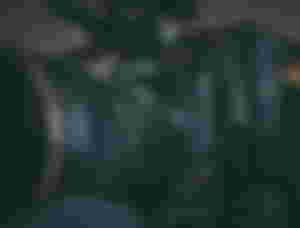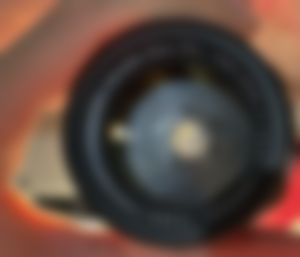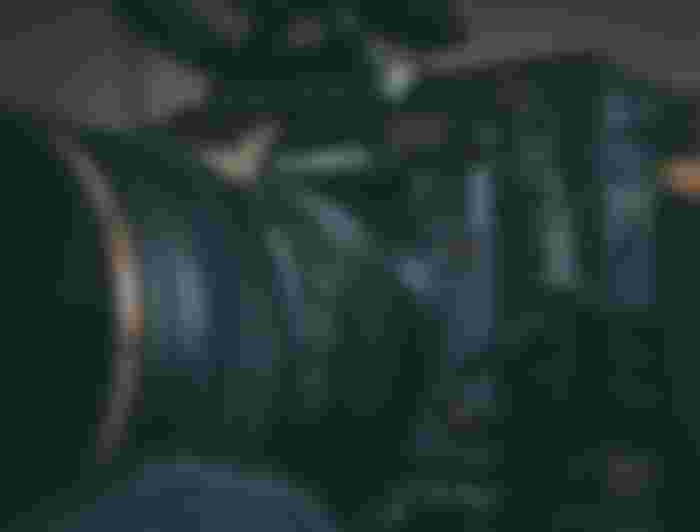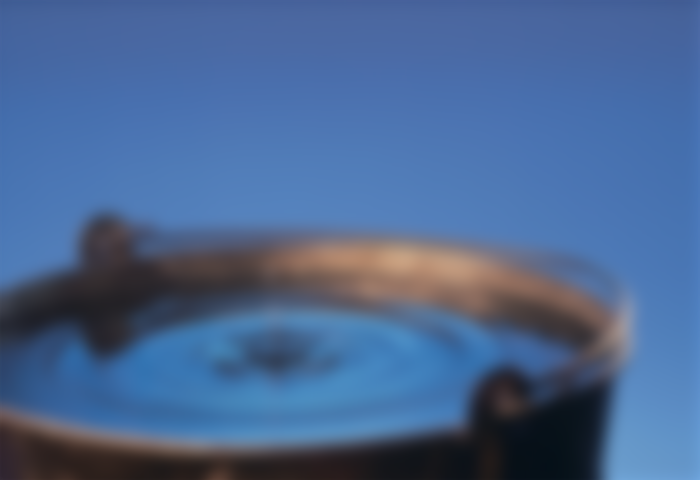What a silly question...
In my last article I showed my film camera but later on I realised that maybe I went a bit too deep into terminology without explaining first. So, I'm taking a step back today.
What are the parts of a camera?
Well, essentially, a camera is just a light-tight box with a hole where one attached a lens. It can't have any other holes or light will be leaking in and destroying the frames. A camera needs a lens in order to condense light onto the sensor or the film. There is one exception, though. One can make a tiny pinhole into cardboard, place it in place of the lens and an image gets formed! How that happens will remain a mystery for now unless you know the physics behind it already. So far everything sounds good, we are able to direct light onto the sensor but... we have to control how much light enters. If we let in too much light, the sensor or film will reach their maximum light-gathering capacity and there won't be anything on the photo, just a pure white frame. So, we need something that only opens for a short while. We connect a button to that "thing", so that we can take choose when to let light in and then close the hole between the lens and the camera body. This is called the shutter.

Camera lenses
There are so many different types of lenses and properties to compare that it's worth discussing in a separate article or even better, a series of articles. But in really basic terms, a lens consists of multiple optical elements, typically glass. Some of the lenses are with convex surfaces - just like a magnifying glass. Other are concave, i.e., the centre of the optical element goes inwards in contrast to the outward bulging convex surface. A lens is acting like a pipe through which light passes. It can be handy to control the flow, how much water goes through the pipe. This is done by placing a set of metal blades that ideally form a circle but does to cost, often their number is limited to five or six. You can see the hexagonal shape inside my lens in the picture further down. This is called an aperture. On the body of the lens there is a ring which allows the photographer to change the distance between the blades, essentially allowing different amounts of light to pass through the lens.

The shutter
The camera shutter allows light to pass from the lens to the sensor or the film. The time during which the film is exposed to light is called shutter speed or just exposure time. This an alternative way of controlling how much light reaches the sensor/film. There are several types of shutters. In cameras with electronic shutters, there are metal blades that move when the shutter button is pressed, i.e., the button that you press when you take a photo. Older cameras have fully mechanical shutters. There are two black cloths that move, triggered by springs.

Light gatherers
Well, light gatherers is not a proper term in photography but it covers both digital sensors and films. I chose to do that since essentially, the idea is to just collect light and turn it into data, be it in a digital form or in the amount, size, shape and density of silver crystals on the film base. If the lens is a water pipe, the light gatherer is the bucket that water goes to. As I hinted earlier, the bucket has a limited volume. If you fill it to the rim, it can't take any more water and the image is just pure white. Conversely, if the bucket is empty, it means that the image is uniformly black.
Exposure
The plumbing analogy continues. If we want to fill a bucket, we could either use a huge pipe which fills it quickly or drip the water slowly from a tiny hose. In either case we can fill the bucket with the same amount of water. Translating back to photographic terms, a photo can be exposed equally well by using a lens with wide aperture and setting a fast shutter speed or choose a small aperture but a long shutter speed.

One last thing that remains to be mentioned is that the size of the bucket is another parameter to tweak. A small bucket can take a small amount of water. So if the "light-holding capacity" (again this is not a real term) of the sensor is small, it can't be used both with a big aperture and a slow shutter speed. The analogy with the size of the bucket is pretty decent in terms of physics but this time the terminology deviates from that. The sensor or film is described by its ISO value, i.e., sensitivity. The larger the value, the more sensitive the device (so it acts like a small bucket). If I were to set a high ISO value and a lens with a wide aperture, then I'm forced to use fast shutter speeds or I will fill my small bucket to the rim.





